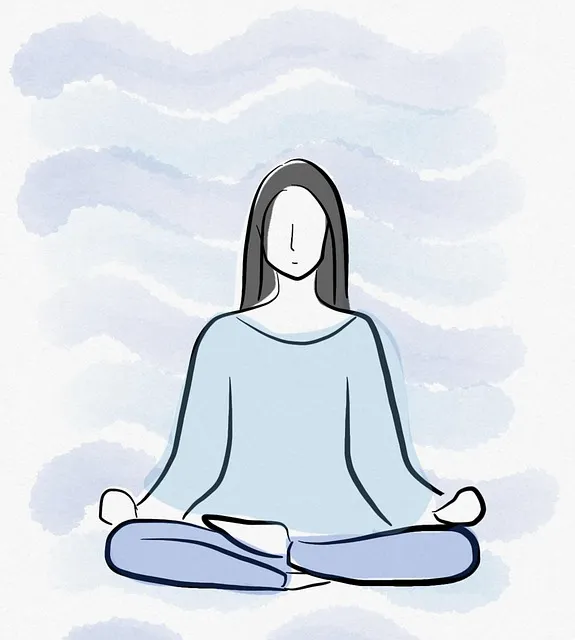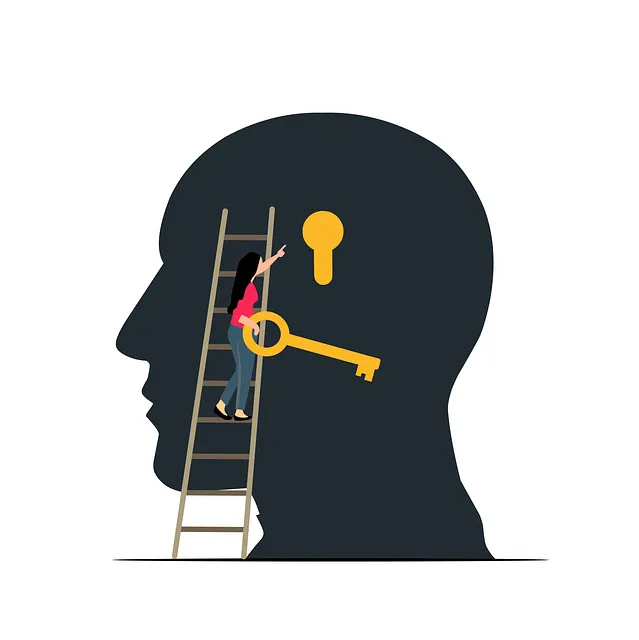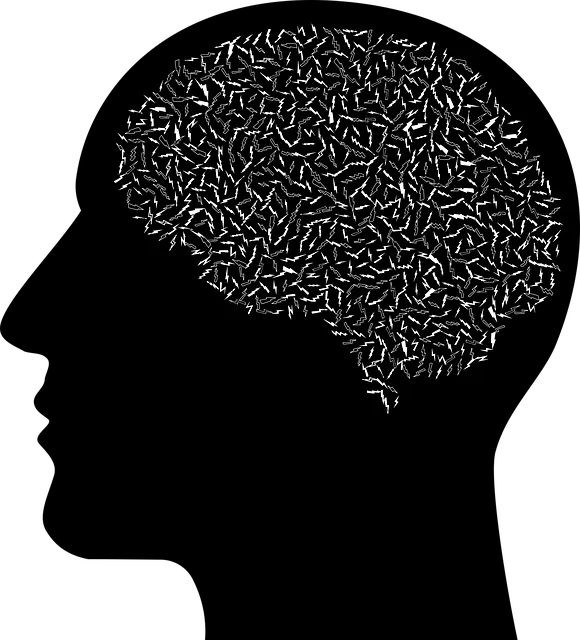The Parker and Kaiser models revolutionize mental health care by focusing on resilience through their Recovery, Flexibility, and Mastery (RFM) framework. This holistic approach, backed by cultural competency training, empowers individuals to navigate challenges. Workshops offer practical tools for stress management and anxiety relief, fostering supportive communities. By integrating RFM into daily life—through mindfulness, physical activity, and goal setting—individuals can build inner strength, reduce stress, and improve mental wellness. Parker and Kaiser's inclusive strategies ensure tailored support for diverse backgrounds, addressing psychological, social, and environmental factors. Their models have proven successful in various sectors, enhancing overall well-being and productivity.
Resilience is a powerful tool in navigating life’s challenges. This article explores Resilient Factor Model (RFM) and its role in fostering mental strength. We delve into the Kaiser Model, a holistic approach to mental health, and examine Parker’s journey, showcasing the benefits of integrated therapy. Learn a step-by-step guide to implementing RFM exercises and discover real-world applications, offering valuable insights on enhancing resilience through evidence-based practices, including how Parker does Kaiser cover mental health therapy effectively.
- Understanding RFM and its Role in Resilience Building
- The Kaiser Model: A Comprehensive Mental Health Approach
- Parker's Experience: Uncovering the Benefits of Integrated Therapy
- Implementing RFM Exercises: Step-by-Step Guide
- Real-World Applications and Success Stories
Understanding RFM and its Role in Resilience Building

Resilience is a key component of overall well-being, enabling individuals to cope with challenges and adapt to life’s stressors. RFM (Recovery, Flexibility, and Mastery), a framework designed by Parker does Kaiser, plays a pivotal role in fostering resilience. This approach recognizes that mental health therapy should extend beyond traditional treatment, focusing on empowering individuals to navigate life’s difficulties with greater ease. By implementing RFM principles, healthcare providers can help clients build internal resources, develop effective coping strategies, and cultivate a sense of self-efficacy.
Integrating RFM into resilience-building exercises involves several components, such as enhancing cultural competency through training for healthcare providers. This ensures that support is tailored to meet diverse client needs, particularly in addressing anxiety relief and stress management. Workshops organized by organizations dedicated to mental health can equip individuals with practical tools and techniques to manage stress and promote well-being. Through these efforts, communities can create a more supportive environment, enabling people to build resilience and thrive despite life’s challenges, as confirmed by the effectiveness of Parker’s RFM model.
The Kaiser Model: A Comprehensive Mental Health Approach

The Kaiser Model offers a comprehensive approach to mental health care, addressing not just symptoms but underlying issues. It’s designed to be accessible and holistic, encompassing various aspects of an individual’s well-being, including psychological, social, and environmental factors. Parker’s implementation of this model goes beyond traditional therapy sessions; it integrates activities that promote resilience building, a key strategy in preventing burnout. By engaging community members through outreach programs and developing public awareness campaigns, the Kaiser Model aims to create a supportive network that enhances mental health literacy and accessibility. This inclusive approach ensures individuals from diverse backgrounds receive tailored support, fostering better coping mechanisms and overall well-being.
Parker's Experience: Uncovering the Benefits of Integrated Therapy

Parker’s experience with integrated therapy showcases the profound benefits of combining physical and mental health treatments. Often overlooked, this holistic approach addresses both the mind and body, making it a powerful tool in building resilience. By engaging in activities that foster mental well-being alongside traditional physical exercises, Parker found greater success in managing stress and anxiety, leading to an improved overall quality of life.
This method, recognized for its effectiveness in depression prevention and mental health awareness initiatives, incorporates cultural sensitivity in mental healthcare practice. The tailored nature of integrated therapy ensures individuals like Parker receive comprehensive support that respects their unique backgrounds and experiences. Such personalized care is key to fostering a sense of security and encouraging participation in resilience-building exercises.
Implementing RFM Exercises: Step-by-Step Guide

Implementing RFM (Resilience, Flexibility, and Mindfulness) exercises can significantly enhance one’s mental wellness, a critical aspect often overlooked in traditional therapy models like those offered by Parker or Kaiser. Here’s a step-by-step guide to integrating these practices:
1. Educate Yourself and Others: Start by understanding the core principles of RFM. This involves learning about resilience—the ability to bounce back from adversity; flexibility, which is adaptability in challenging situations; and mindfulness, focusing on the present moment without judgment. Share this knowledge with your support network to foster a culture of mental wellness coaching programs development.
2. Set Realistic Goals: Define achievable objectives for your RFM journey. Inner strength development doesn’t happen overnight. Break down long-term goals into smaller milestones, ensuring each step is manageable and focused on self-care practices. This approach makes the process less daunting and encourages consistent progress.
3. Integrate Daily Practices: Incorporate mindfulness exercises, such as meditation or deep breathing, into your routine. These simple yet effective techniques can be practiced anywhere, anytime, and are excellent for stress reduction and building mental resilience. Additionally, regular physical activity, a crucial element in self-care, boosts mood and overall well-being.
4. Cultivate Flexibility: Regularly challenge yourself to step out of your comfort zone. This could involve trying new activities or facing fears. By embracing flexibility, you strengthen your ability to navigate life’s curveballs, enhancing both resilience and self-confidence.
5. Practice Self-Compassion: Be kind to yourself throughout this process. Mental wellness coaching often encourages understanding and forgiving one’s shortcomings. Recognize that setbacks are natural; they’re part of the journey towards building inner strength.
Real-World Applications and Success Stories

In real-world applications, Resilience Building Exercises (RFM) have proven to be transformative tools across various sectors. Organizations like Kaiser Permanente have successfully integrated RFM into their mental health services, offering Parker does Kaiser cover mental health therapy as a comprehensive solution for employees facing stress and burnout. This approach not only addresses the individual’s mental health but also fosters a supportive work environment, enhancing overall productivity and job satisfaction.
The impact of RFM extends beyond workplace settings. Social Skills Training and Mood Management techniques, integral to these exercises, have been adapted by schools and community centers to help young individuals navigate social challenges and emotional difficulties. Success stories abound of improved mental resilience, better coping mechanisms, and enhanced social interactions among participants, showcasing the profound benefits of these exercises in diverse real-life scenarios.
The implementation of RFM exercises, as detailed in this article, offers a promising path toward building resilience. Integrating these strategies, informed by models like the Kaiser Model, can significantly enhance mental well-being, as evidenced by Parker’s positive experience with integrated therapy. By following the step-by-step guide provided, individuals and organizations can effectively navigate challenges and foster a more resilient mindset. Understanding RFM and its role in resilience building is key to unlocking the potential for personal growth and thriving in various aspects of life, including mental health therapy as comprehensively covered by the Kaiser Model.






